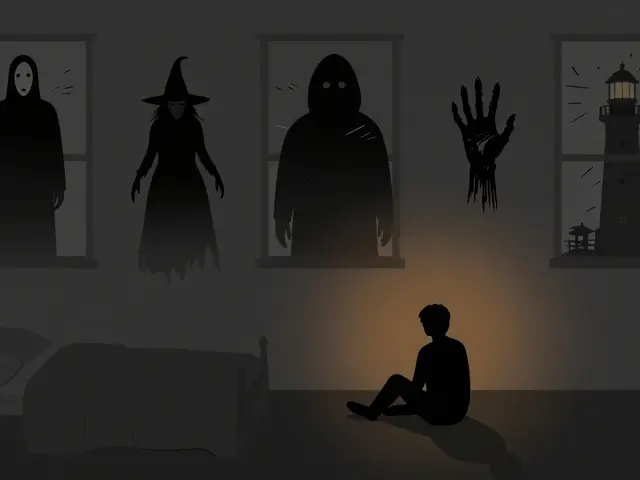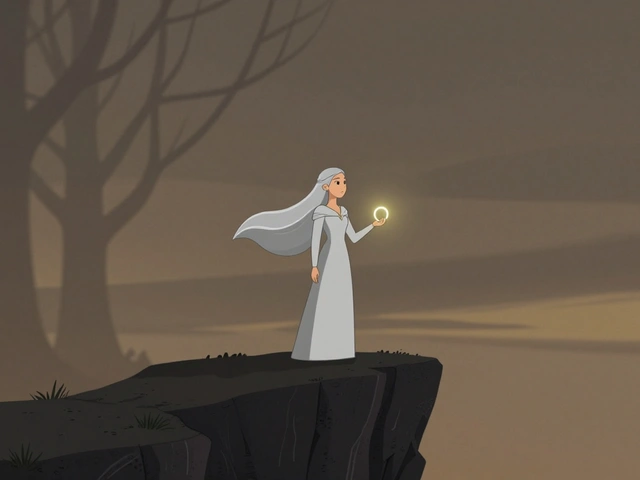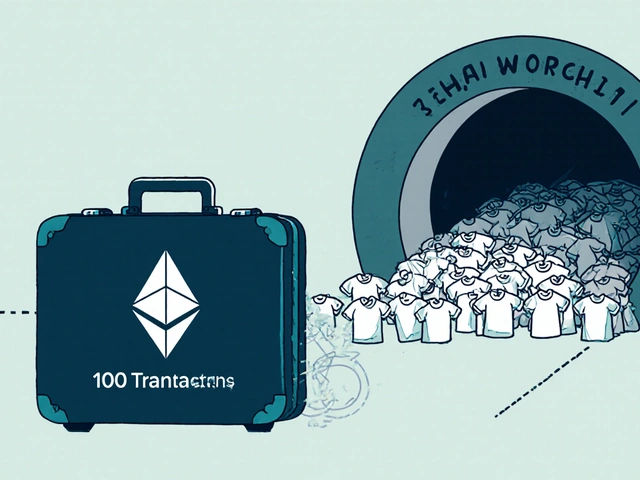Federico Fellini: Film Style, Masterpieces, and Influence on Modern Video
When you think of Federico Fellini, an Italian filmmaker whose surreal, deeply personal films redefined cinema in the 20th century. Also known as the master of cinematic dream logic, he didn’t just make movies—he built worlds out of memory, fantasy, and raw human emotion. His films weren’t about plot twists or fast cuts. They were about the weight of a glance, the chaos of a parade, the silence between two people who used to love each other. That’s why filmmakers today—whether they’re editing TikToks or shooting indie features—still study his work.
Fellini’s style is a mix of surrealism in film, a visual language that blends dreams with reality, often using exaggerated characters and symbolic settings, and Italian cinema, a rich tradition of storytelling that values emotion over polish, authenticity over perfection. He didn’t need expensive gear to make you feel something. In La Strada, a simple walk down a road with a broken-down cart carried more truth than most blockbusters do in two hours. His camera didn’t chase action—it lingered. It watched. It waited for the moment when someone’s face cracked open without saying a word. That’s the kind of patience modern video creators rarely get right.
Today’s video editors and directors still borrow from him. The way a scene in a music video fades into a memory? That’s Fellini. The chaotic crowd shots in a brand campaign that feel like a carnival of human messiness? That’s Fellini. Even the raw, unfiltered testimonials you see online—where people cry, laugh, or stare into the distance—have his DNA. He proved you don’t need a script to tell a story. You just need truth, and the courage to show it.
Below, you’ll find posts that dig into the tools, techniques, and trends that carry his legacy forward. From how to shoot emotional close-ups to why your next video should feel less like an ad and more like a dream—you’ll see how Fellini’s voice still echoes in every frame that dares to be human.
20
Fellini’s 8½ Review: The Self-Reflexive Film That Changed Cinema Forever
Fellini’s 8½ is a groundbreaking self-reflexive film that captures the agony of creative block. A masterpiece of cinema, it blends dream and reality to explore guilt, identity, and the cost of art.
Latest Posts
Popular Posts
-
 Data Management: DIT, Backups, and Archival Best Practices for Video Teams
Data Management: DIT, Backups, and Archival Best Practices for Video Teams
-
 Paramount+ with Showtime vs. Peacock Premium vs. ESPN+: Which Sports Add-On Fits Your Viewing Habits?
Paramount+ with Showtime vs. Peacock Premium vs. ESPN+: Which Sports Add-On Fits Your Viewing Habits?
-
 How Roommates Can Fairly Share Wi-Fi and Streaming Costs
How Roommates Can Fairly Share Wi-Fi and Streaming Costs
-
 Best Horror Movies on Streaming Services Right Now
Best Horror Movies on Streaming Services Right Now
-
 Lord of the Rings: The Rings of Power on Prime Video - What to Know in 2025
Lord of the Rings: The Rings of Power on Prime Video - What to Know in 2025



